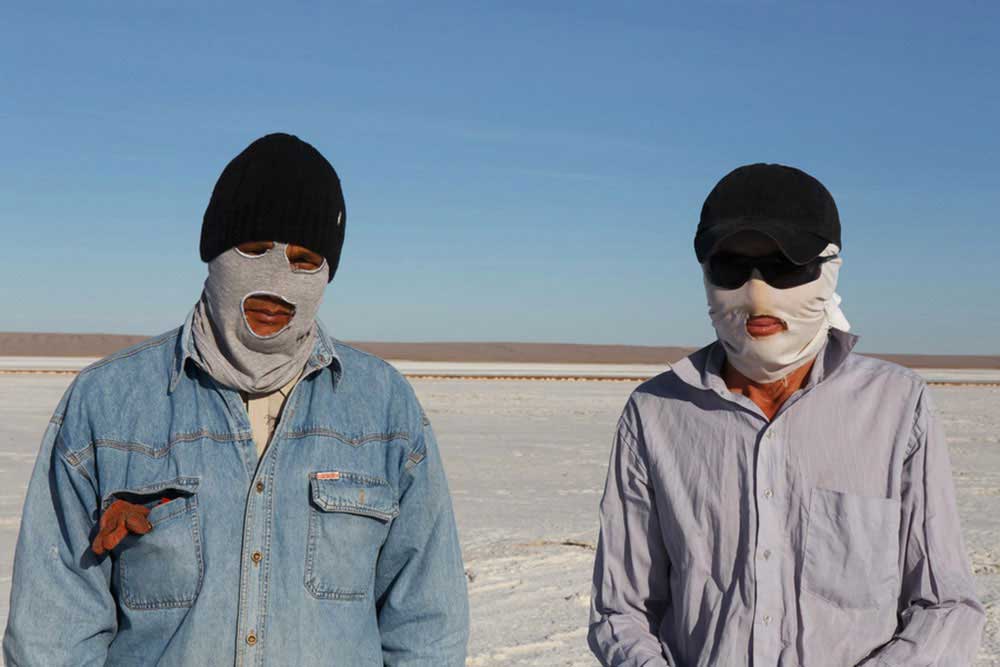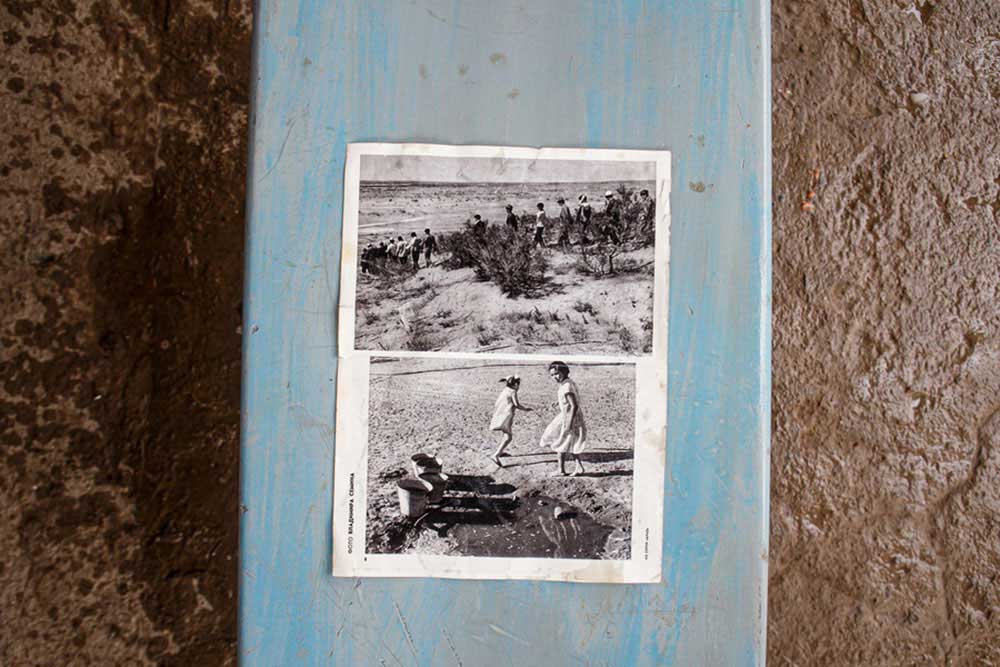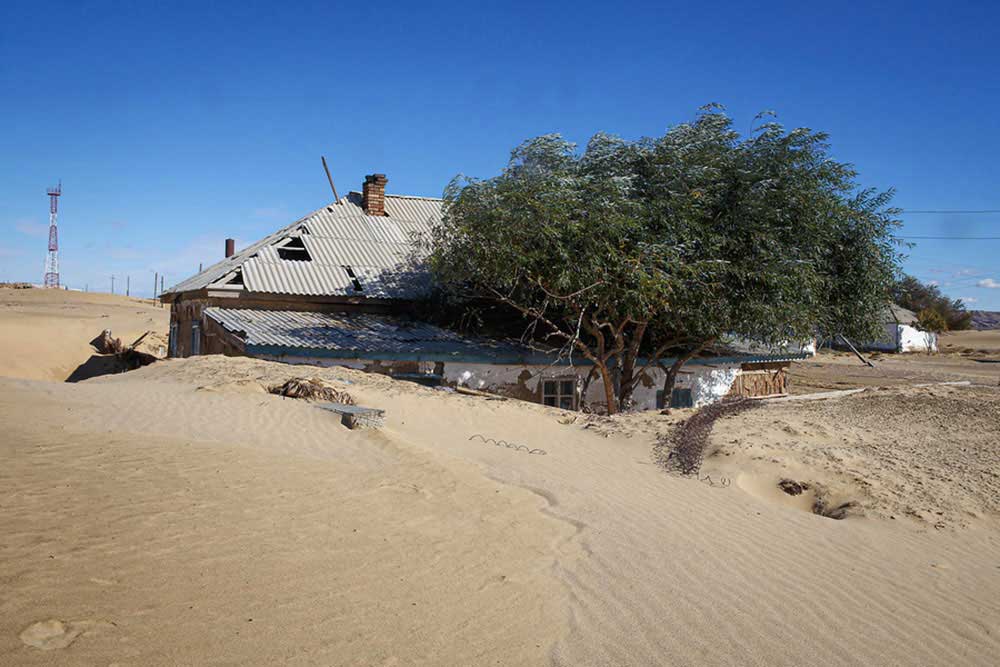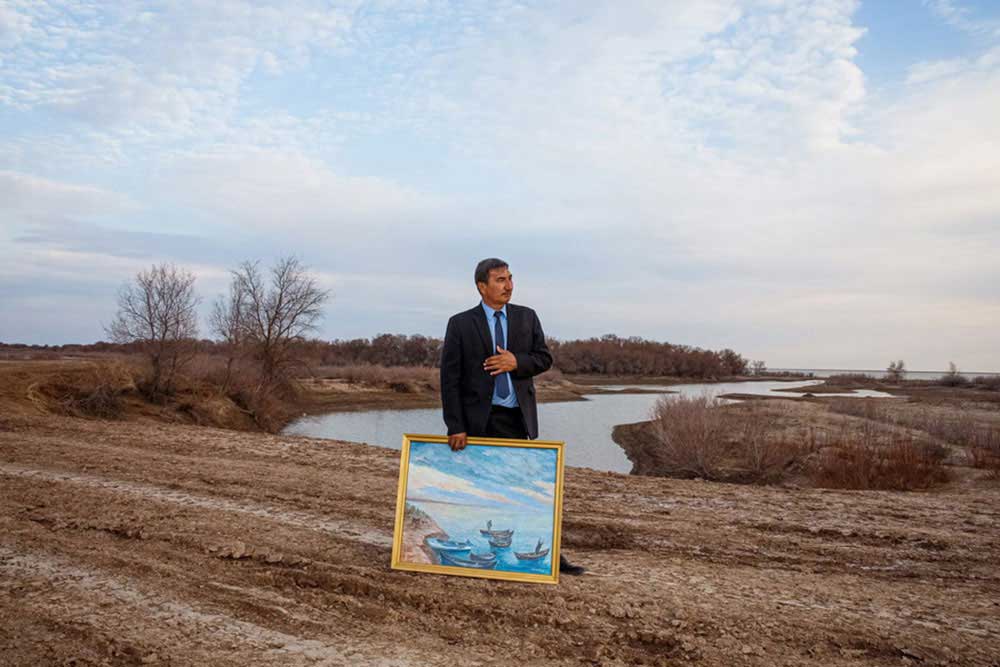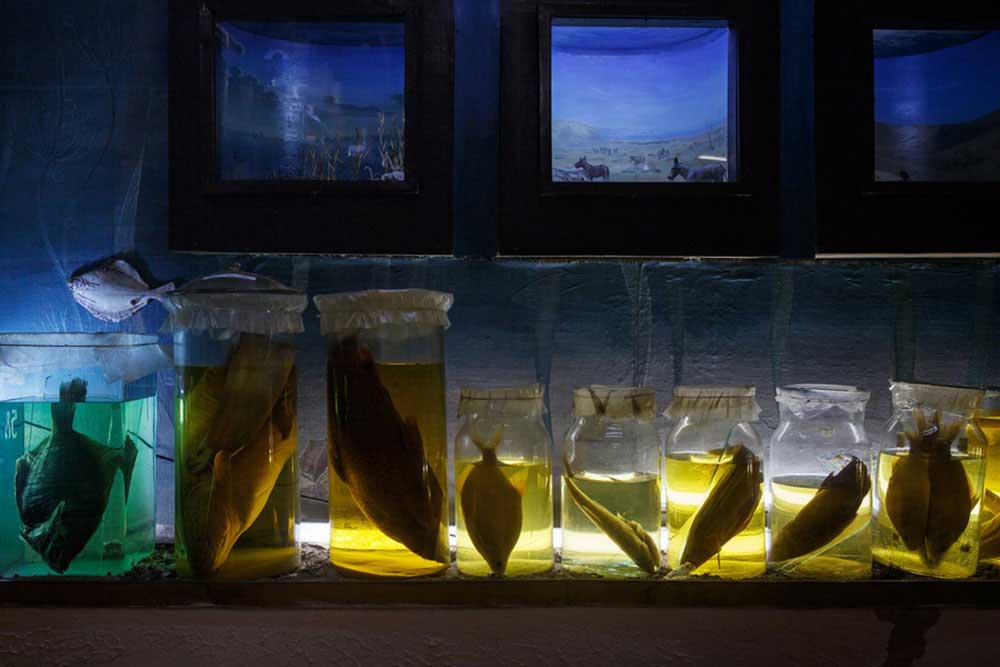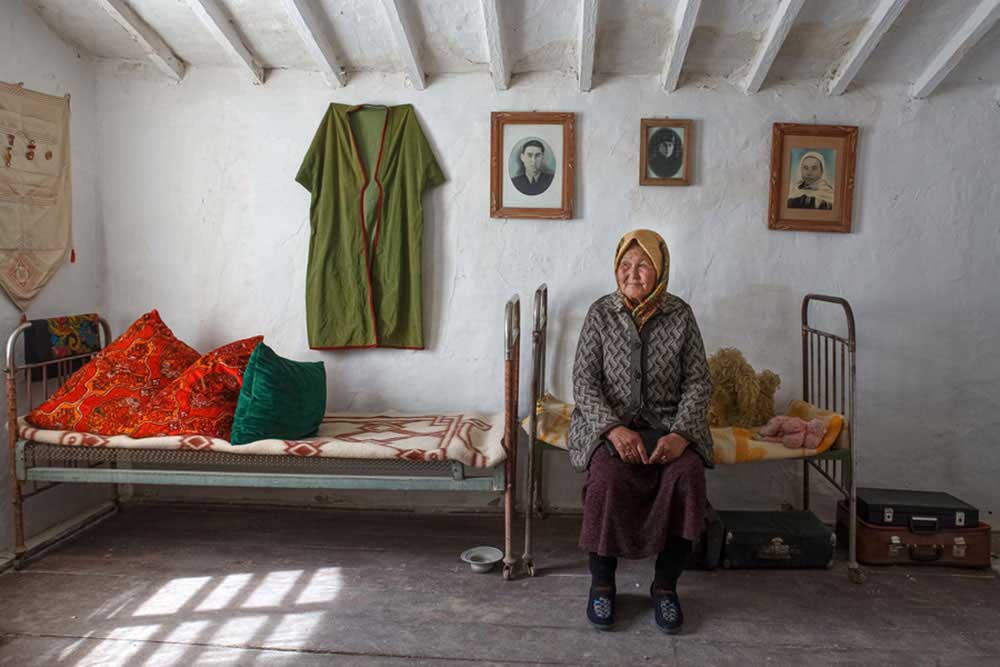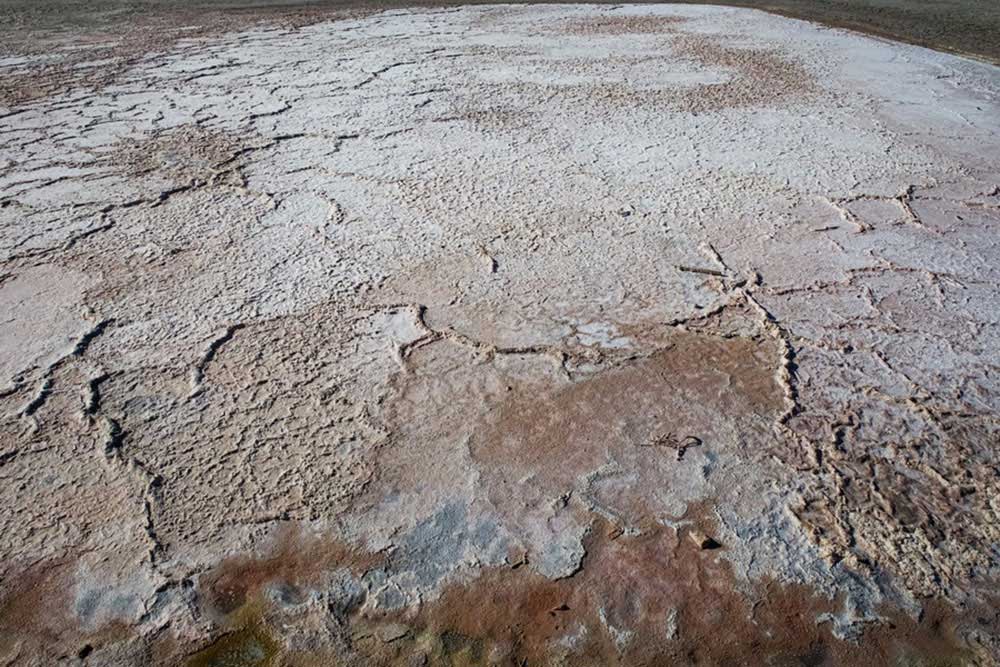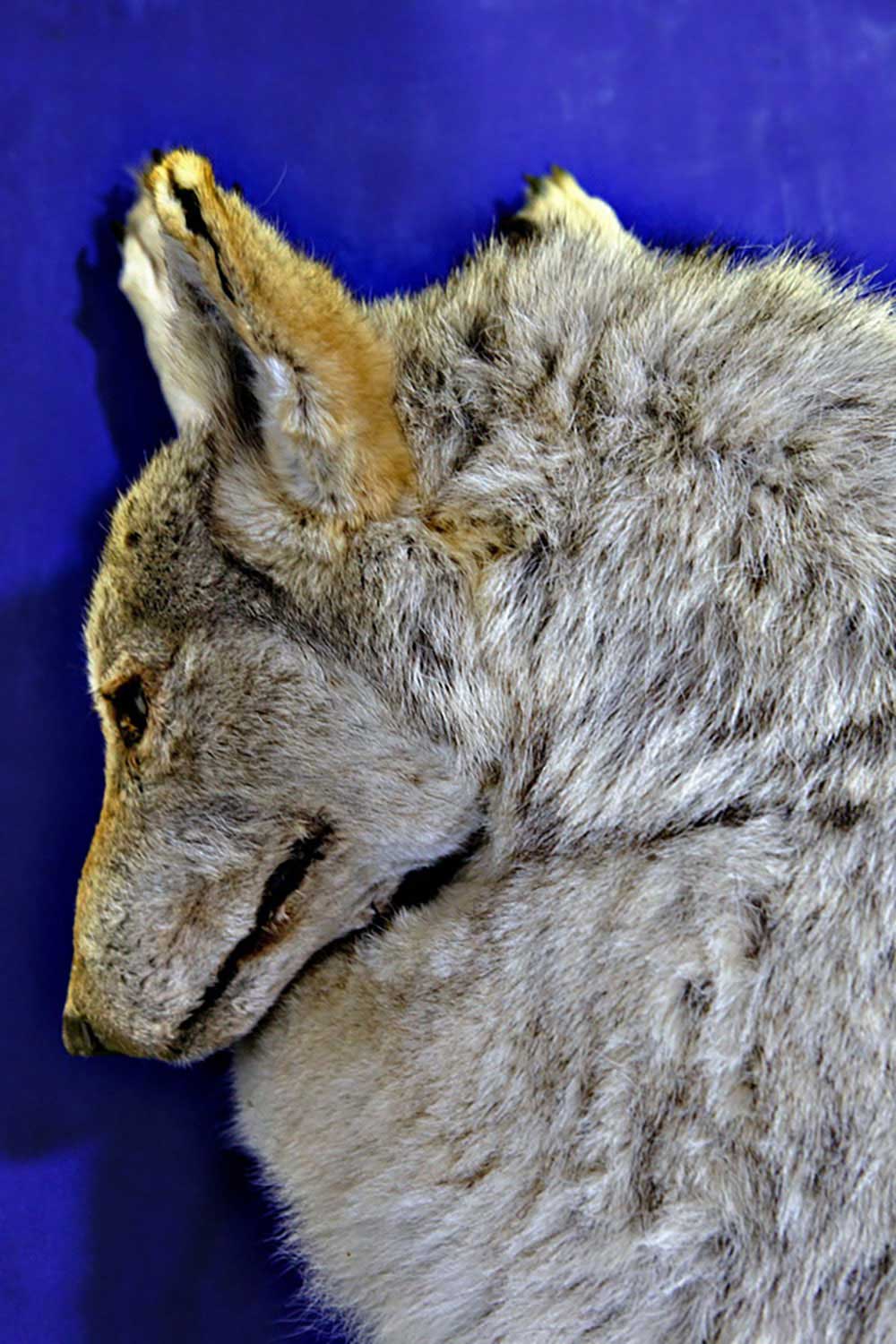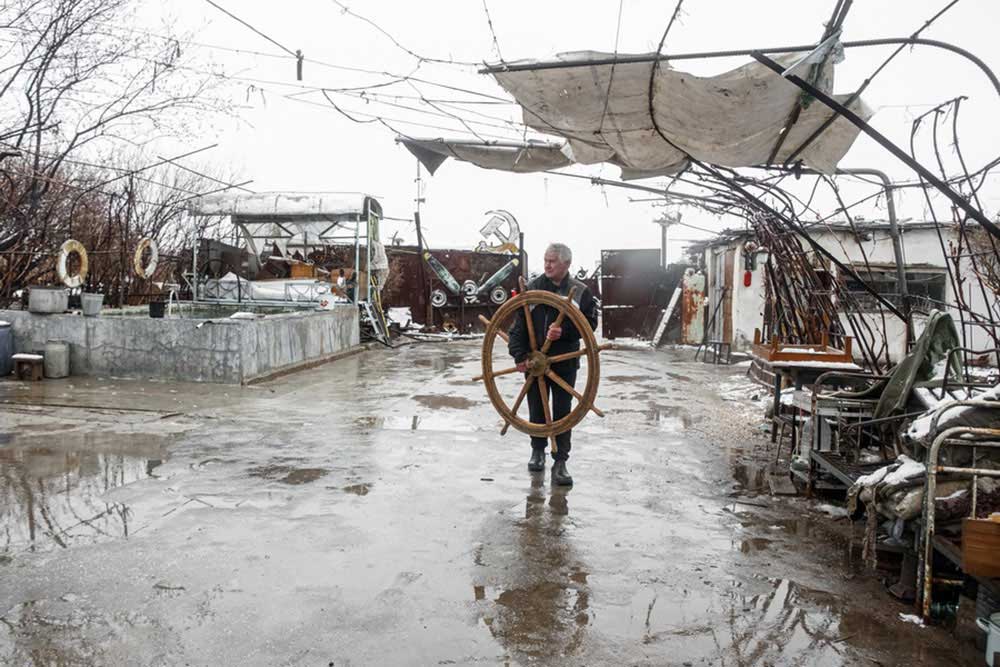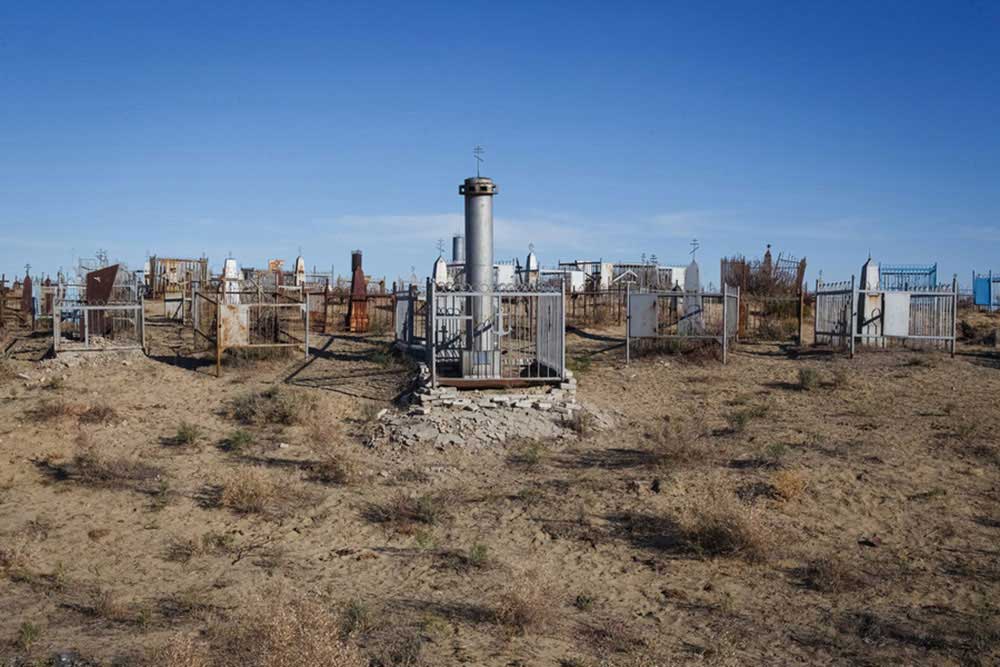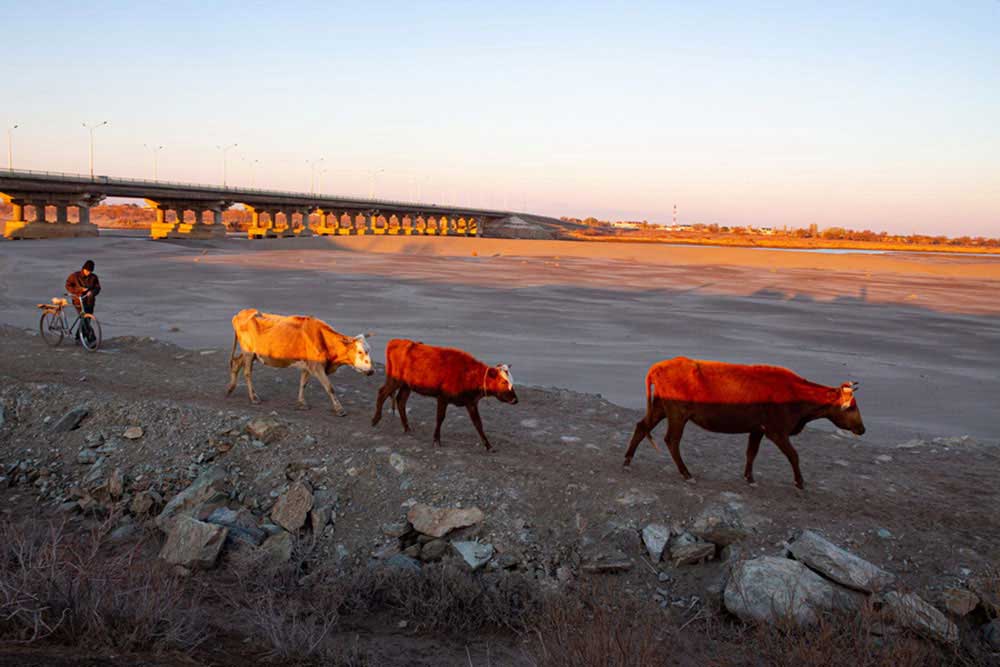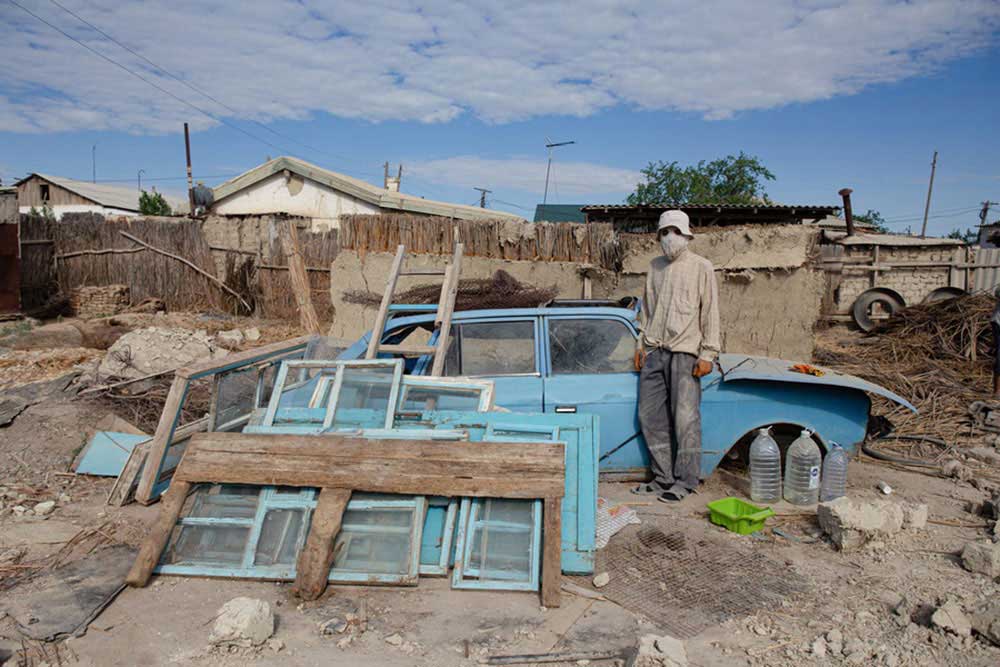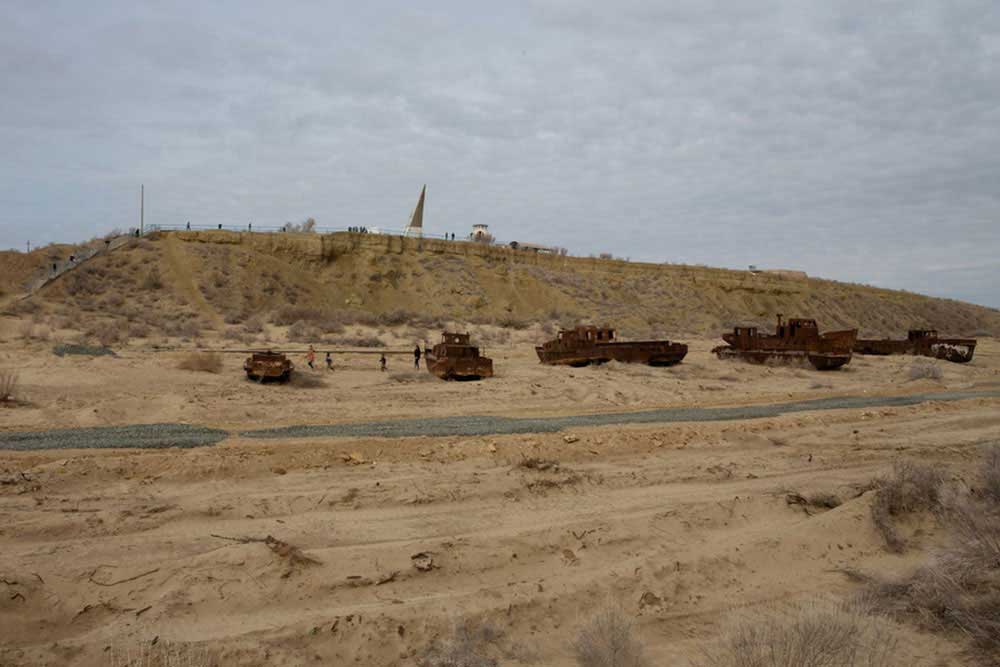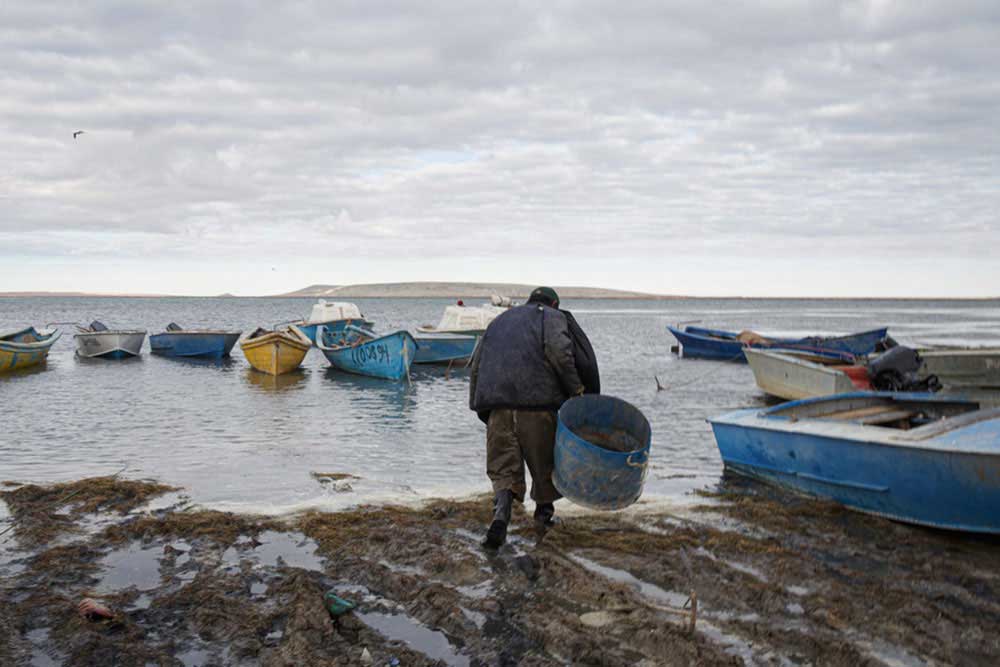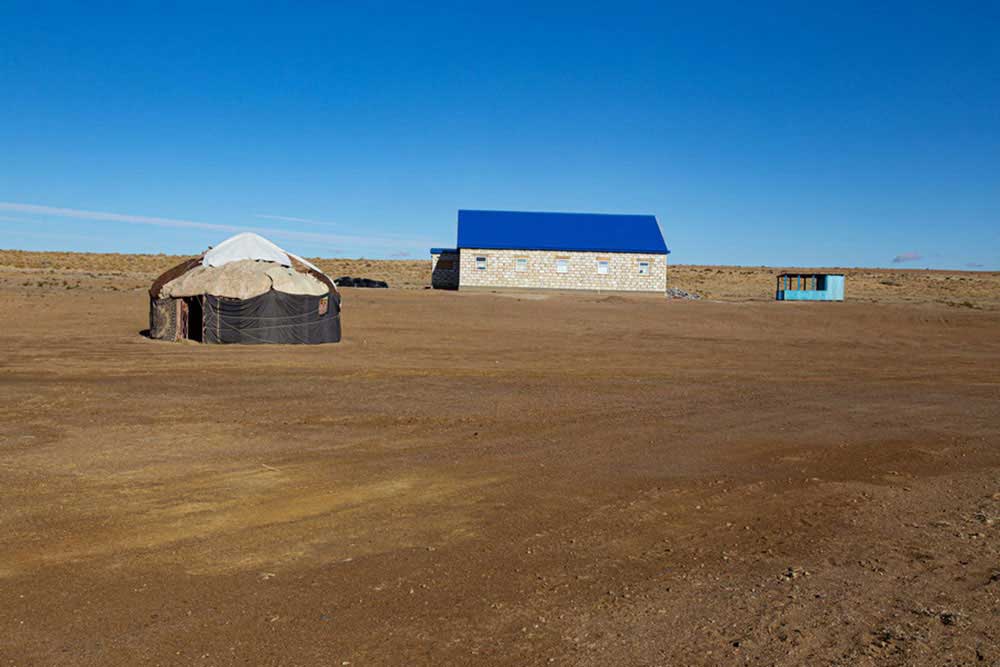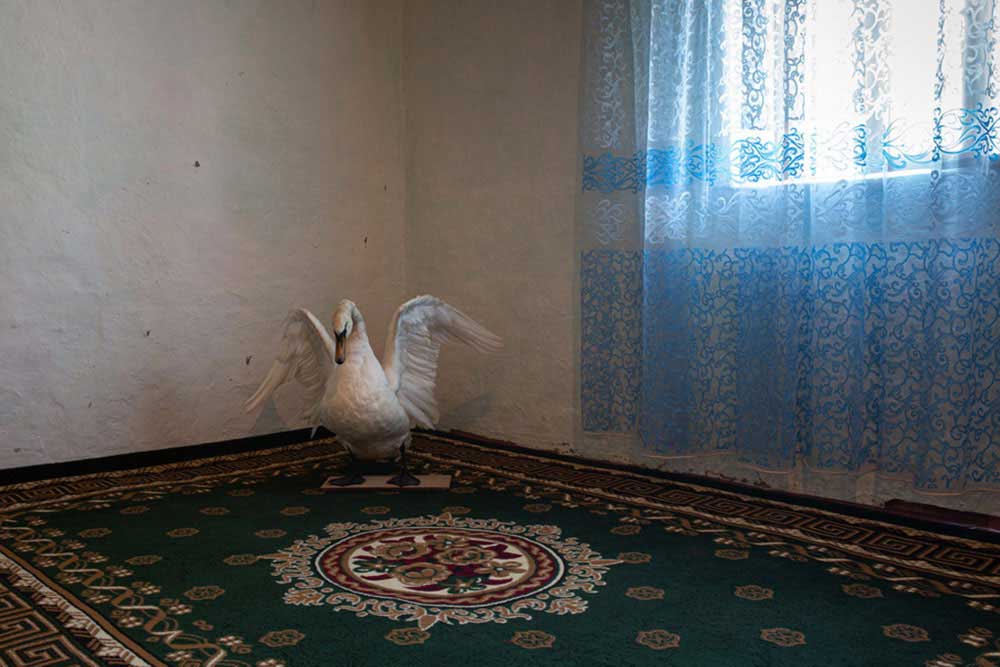Half of the century ago a sea disappeared from the face of the Earth. Cotton plants drunk the sea up. Old sailors still remember how they used to provide fish for the entire Soviet Union and how weddings have taken place on the ships.
Children of the sailors remember how fast Aral Sea has disappeared. And their grandchildren recall how they have survived in the dead desert. The great grandchildren have doubts – have the Aral Sea ever existed? The debates about the dried-up Aral Sea have been going on for 50 years. It was possible to save only the Small Aral – a tiny drop, which is only five percent of the former Aral Sea. All the other ideas about saving the sea have failed and instead, people now are attempting to rescue lives. Kazakhstan and Uzbekistan planted saxaul on a dried bottom to mitigate the consequences of an environmental disaster. And to attract money in the Aral Sea they are developing tourism. Former port towns, like memorials, are being turned into attractions or products for tourism entertainment. Tourists are invited to see the Sea, which is almost there or almost not there?
I have been documenting life around the Aral Sea for the last three years. Getting started on the traditional touristic routes, I deliberately keep going astray. Besides the popular locations, promoted locuses, I try to add points in time to the category of museum objects, which are not meant to be remembered – the prose of the Aral life. Random objects found on the streets, unknown heroes, customs and social conceptions became the museum artefacts. With the use of photography, I compiled into one museum exposition this unique experience of Aralkum descendants – the youngest and most toxic desert.
My story begins in the former Aral Sea port in Kazakhstan and goes along dried up shores, through the sand-bound villages, saxaul thickets and poisonous lakes, reaching another former port on the opposite side of the sea in Uzbekistan.
«The Almost Sea» is a story about memory. A collective trauma and memory that unites 40 million people. About memory, which turned into an entertainment product and memory, which did not fall into the maps of tourist routes…
About Iulia Galushina
A documentary photographer and journalist from Russia. Based in Australia. Graduated from Tomsk State University, Department of Journalism. Studied at DocDocDoc, a documentary photography school in St. Petersburg.
Iulia’s works have been published in Russian and international publications: Tomskaya Nedelya, Rossiyskaya Gazeta, Versty, Svobodniy Sakhalin, Ogonyok, Zapovednik, Edge of Humanity, Dodho Photography Magazine, Uzbekistan Airways, Mail.ru, Lenta.ru, Alternatives Journal, Bird in Flight, Regnum. She is always taking part in individual and group exhibitions. Iulia’s special interest is documenting the story of spaces. Spaces absorb events and moods, while a person becomes their part. A person “enters spaces” as if he or she enters somebody’s house. While talking to the place, he or she supplements the space or receives impulses from its environment. [Official Website]



